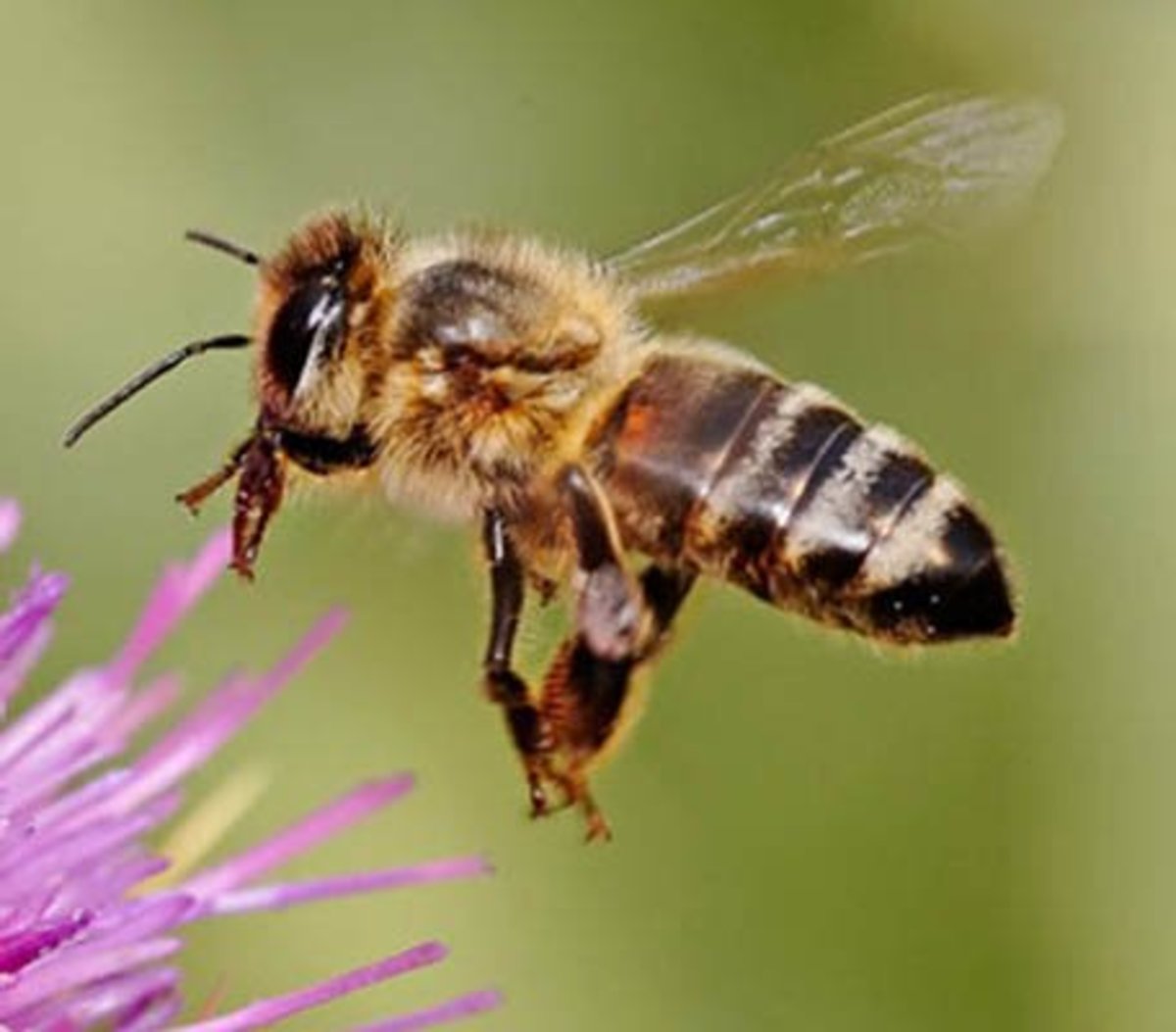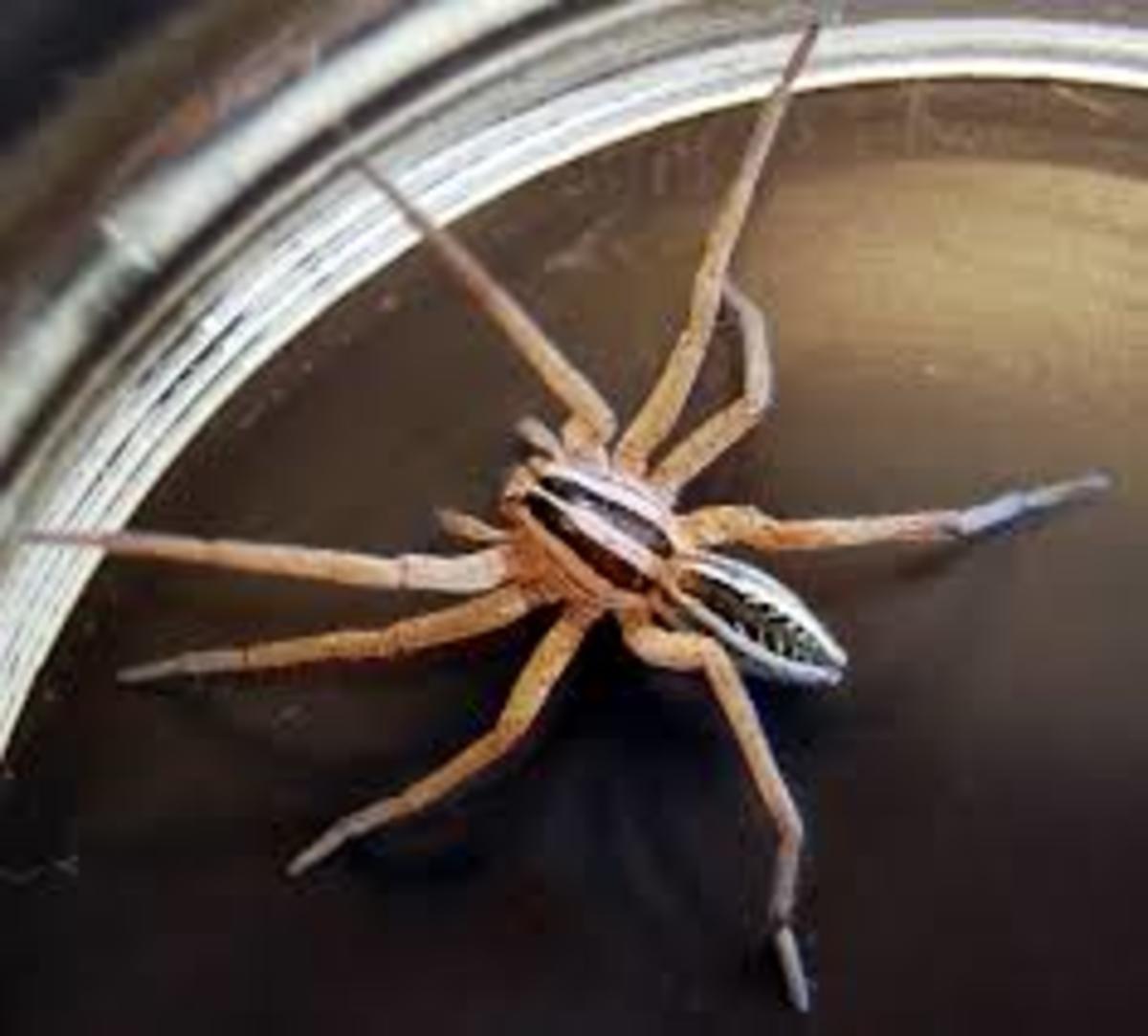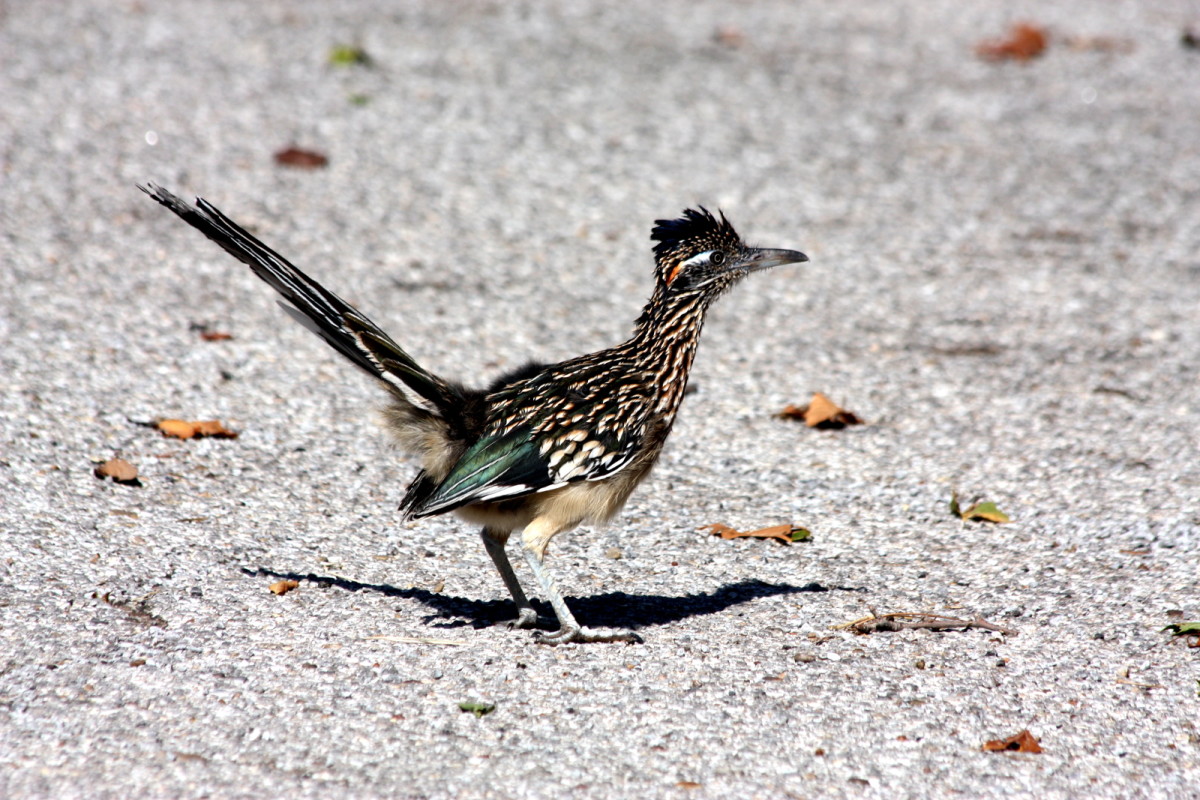Rachael Carson, Author of Silent Spring



Rachael Carson Pioneer Of Our Environment
Rachael Carson was born on 27 May 1907 on the family farm in Pennsylvania. She became interested in nature and spent considerable time discovering plants, insects, and birds around the farm. She began writing very young, age eight, and her first article was published at age ten in St. Nicholas Magazine.
After graduating from high school, she earned her B.A. degree, and at Johns Hopkins University she received her Masters in Zoology in 1932. Intending to pursue her doctorate degree, she had to put that on hold. This was during the depression and she was the sole supporter of her family.
It was while Rachael attended college that her mother would go every weekend to type her school work and articles. Her mother had been selling apples and chickens to help with tuition. When her father died in 1935, Rachael had to secure a full-time position to support her mother, sister and her two nieces.
She took a position with the U.S. Bureau of Fisheries writing radio copy for educational broadcasts. Rachael continued to submit articles on marine life in the Chesapeake Bay area. Her superiors were so impressed with her series on the radio, they asked her to write an introduction for a public brochure about the fishery. Rachael then sat for the Civil Service exam and outscored all other applicants.
Rachael had a way with her writings, combining the scientific parts so that the average layman could easily follow and understand what she was saying.
Rachael's Career and Writings
Rachael wrote for several magazines and newspapers. Included among them were Sun Magazine, Nature, Colliers, and Atlantic Monthly. She authored several books, Under the Sea, The Sea Around us, The Edge of the Sea, and the best-seller, Silent Spring, 1962, which won numerous awards and Book of The Month.
It was in 945 that she came across DDT and the "silent bomb." During her research for pesticides, she realized a large community of scientists was documenting the physiological and environmental effects happening. Researcher, Wilhelm Hueper of the National Cancer Institute classified pesticides as carcinogens.
The book allowed the public to become aware of the effects of DDT and pesticides. But, it wouldn't be without controversy.
Silent Spring brought the indiscriminate use of pesticides to the public, and this began a campaign by the pesticide companies to discredit Rachel. Time Magazine lead a media campaign calling her book "unsound and hysterical." Professor Robert H. White, a huge critic of the book, was quoted as saying, "if a man were to follow the teaching of Ms. Carson, we would return to the dark ages against insects, disease, and vermin that would inherit the earth."
Chemical giants tried to sue but failed in the attempt. Justice William O. Douglas, Supreme Court, was quoted saying, "this book is the most important chronicle of this century for the humans. It is a call for immediate action and effective control of all merchants of poison."
President John F. Kennedy called for investigations, and Rachael testified before Congress about the chemicals and pesticides. She chastised the chemical companies for their greed and the government for succumbing to their influence.
This lead to Earth Day, The Clean Water Act, Endangered Species Act, the Clean Air Act, and the Environmental Protection Agency.
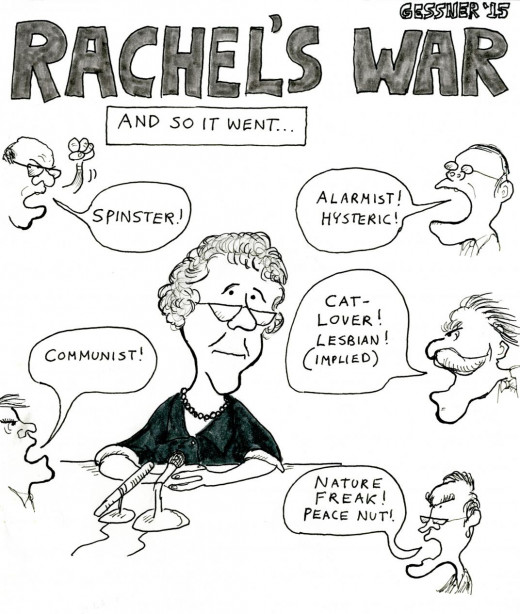
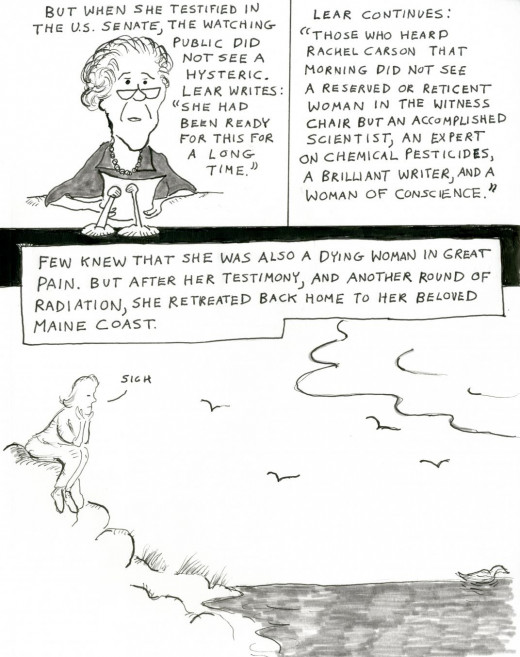
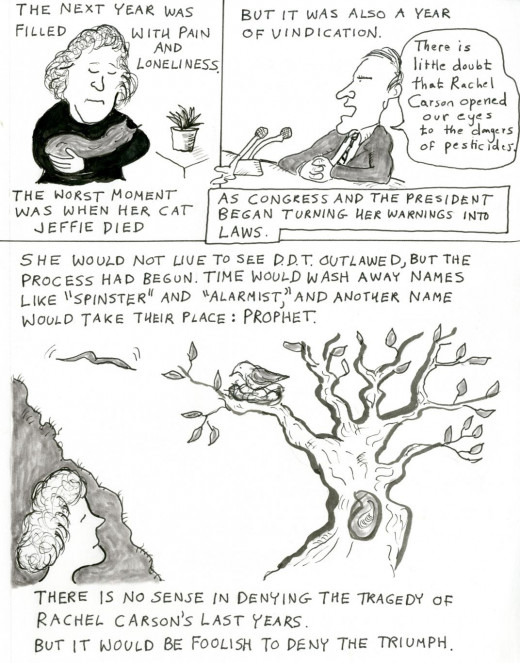
Rachael's Accomplishments
Rachael suffered for several years of breast cancer and the treatments but managed to hide it from the public. She was only 56 when she died and just two years after her book that made her famous, Silent Spring. It was suspected that the title came to like after she realized the impact of hearing no birds singing in the spring.
A bronze statue was dedicated in 2013 in Woods Hole, Massachusetts. Rachael spent time in Woods Hole teaching at the Marine Biological Laboratory.
It would be ten years after Silent Spring was published before DDT was banned in 1971. In 2012, Silent Spring was designated as a National Historical Clinical Landmark by the American Chemical Society.
One of Rachael's favorite quotes was, "In nature, nothing exists alone."



